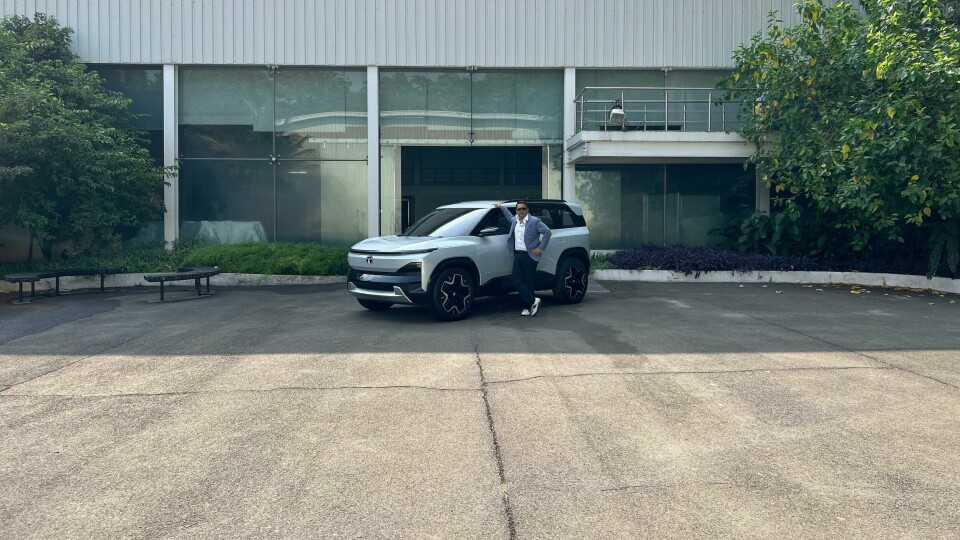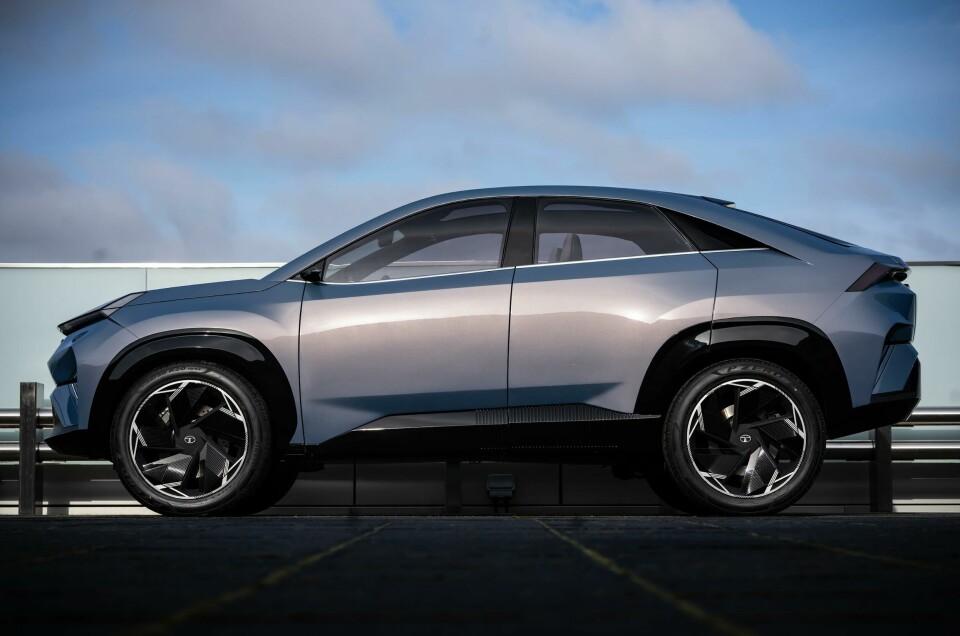
Ajay Jain to lead Tata’s Pune design studio
Ajay Jain has been appointed head of design for the Tata Motors India Design Studio based in Pune. Car Design News grabbed a few words with the designer
Ajay Jain will oversee a team of 70 design personnel as head of design at Tata’s Pune studio. The designer will work on projects for both the passenger cars and commercial vehicles, reporting to Tata’s VP head of design, Martin Uhlarik.
Born and raised in India, Ajay Jain is a graduate of the ArtCenter College of Design’s Europe campus in 1995. Jain brings an extensive amount of international experience over the course of a 25-year career with several design studios.
Jain had lengthy spells at Ford Europe, Daewoo, Saab, and then Renault both in France and in India where he established a design studio in Mumbai in 2008. The designer has worked on a variety of programs and projects – both advanced and production.

In 2013, he joined SAIC in Shanghai and then Geely where he was responsible for design strategy and vehicle architecture. After a short spell with Mahindra, he joined Tata Motors in 2022 as head of global design strategy.
“I am extremely happy to see Ajay assume the leadership of the India studio. He brings a huge amount of experience and enthusiasm to the team and will lead our home base to the next level of Indian car design leadership,” said Uhlarik.
Car Design News grabbed a few words with the new studio head:
Car Design News: Is this a new role that has been created for you?
Ajay Jain: The role most definitely feels like it was created for me, even though it may not have been conceived specifically with me in mind. The aspirations of the company matched perfectly with my personal ambitions.
After more than 25 years of working for Chinese, French, Swedish, British, Korean, American, and German brands and companies, I relished the thought of having the opportunity to take part in creating an unapologetic and intrinsically Indian design signature.
My involvement and experience in China over the course of the past decade, perhaps the most significant period in the history of the Chinese automobile industry, driven by design and electrification, undoubtedly didn’t hinder my chances either.
CDN: What will be your remit – will you be primarily focused on domestic launches or is this more global facing?
AJ: With the accelerated pace of development taking place in India, Tata’s home market, it is only natural that the Indian studio plays a more pivotal role in defining the future direction of the brand. The Indian studio has a proven track record of bringing a lot of different designs to fruition. Its core values of market intelligence and design realisation have been and will continue to be vital to the company. The studio’s imprint has been evident all over the Indian landscape for as long as I can remember.
CDN: Will you be expanding the studio?
AJ: The studio’s growth will have to mirror the phenomenal growth of the brand. More organic and complementary to the business’s needs. The focus on connectivity, sustainability, and the adoption of multiple powertrain technologies will require new skills and a diversity of design disciplines. The commercial vehicle division is on the cusp of yet another design led mobility revolution. More importantly, I have been tasked with ensuring that the studio performs uncompromisingly at the highest global standards of creativity and craftsmanship.
CDN: How will your relationship with the UK studio work – will there be shared projects you will work on?
AJ: Communication and personal relationships are really the key to leveraging the strengths and core competencies of what we would like to consider one design studio in three locations: the U.K., Italy, and India. India is the home market and the birthplace of the brand.

Torino is the centre of automotive style that gave Tata Motors its first and most successful vehicles, while the U.K. is in the start-up space of NAIC at Warwick University juxtaposed in close proximity to the history and tradition of automotive development in the British Midlands, all of which complement the future ambitions of Tata Motors Design. I hope that we will all work on all sorts of projects together, enhancing the offering with our individual strengths. The 12 passenger cars and EVs and the 14 commercial vehicles showcased at the Delhi Auto Expo are testaments to this fact and are just a precursor of much better things to come at Tata Motors Design.



